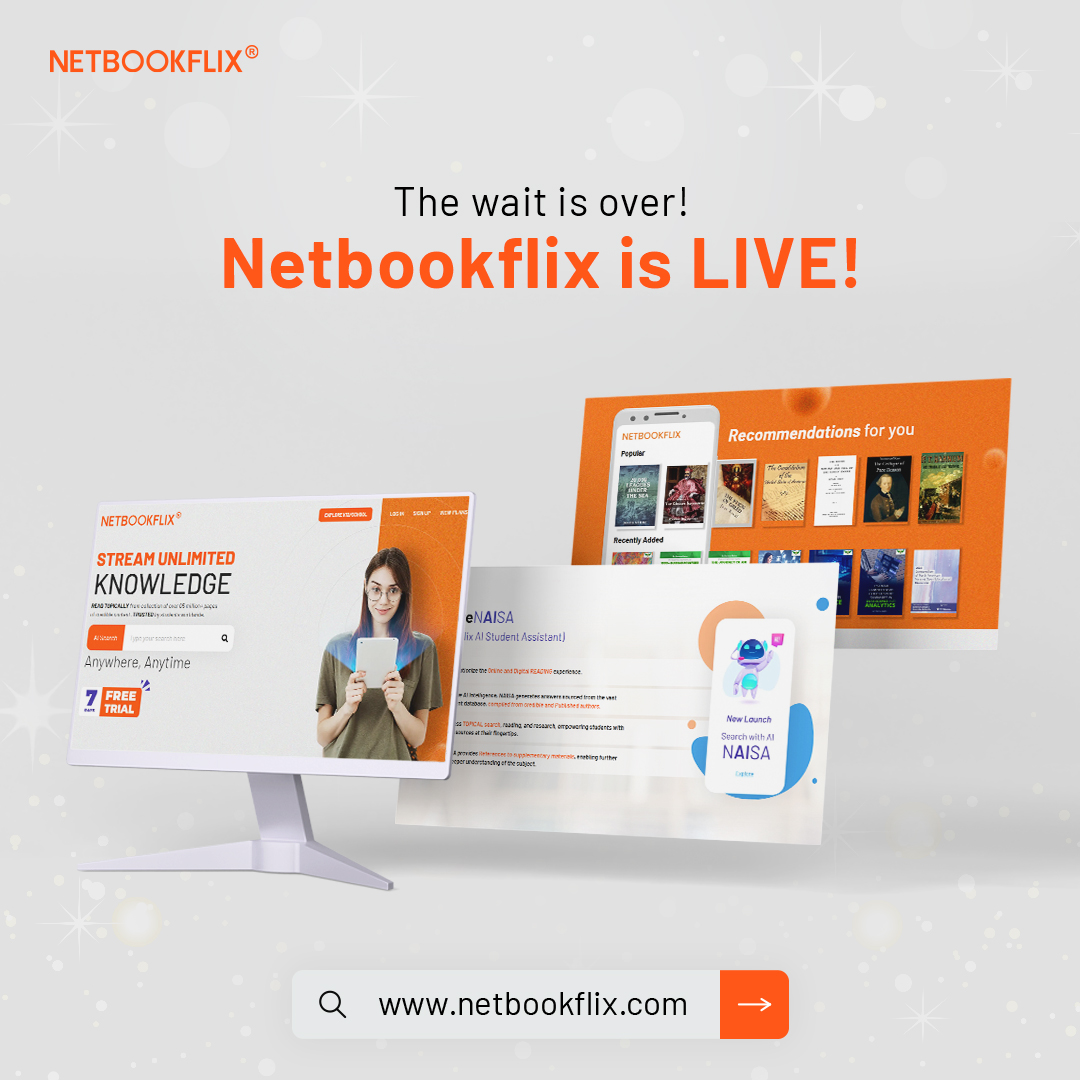Digital course subscriptions offer a flexible and cost-effective way to access a wide range of learning materials online. They provide unlimited or broad access to numerous courses, often covering professional skills, creative topics, and personal development. This model caters to those who want to learn at their own pace without committing to individual course fees.
A digital course subscription allows learners to access thousands of courses for a single monthly or annual fee, enabling continuous development without the hassle of separate purchases for each course. Many platforms include certifications, projects, and specialized learning paths, enhancing career growth and skill building.
These subscriptions serve diverse needs, from employee training to mastering new hobbies. Their scalability and flexibility attract both individuals and organizations aiming for ongoing education in a convenient format.
What Is a Digital Courses Subscription?
A digital courses subscription provides ongoing access to a variety of online educational materials. It enables learners to explore multiple topics without purchasing courses individually. Platforms offering these subscriptions often incorporate tools and formats designed for efficient learning and engagement.
Key Features of Digital Course Platforms
Digital course platforms typically include extensive libraries covering diverse subjects. These platforms allow users to stream or download course content, making learning flexible and convenient.
Many offer tools such as progress tracking, quizzes, and community forums to support engagement and retention. Some platforms integrate with Student Information Systems (SIS) to manage enrollment and progress automatically.
Accessibility across devices—computers, tablets, and smartphones—is standard, giving learners the flexibility to study anytime and anywhere. Content updates are frequent, ensuring access to the latest information and industry trends.
Types of Subscription Models Available
Subscription models vary primarily by duration and content availability. Common options include monthly and annual subscriptions, with annual plans often offering cost savings for longer commitments.
Some platforms provide all-you-can-learn access, where a single fee grants entry to the full course library. Others offer per-course subscriptions, allowing learners to pay for or subscribe to specific courses based on their needs.
Certain models combine fixed subscriptions with tiered access—basic plans offer limited content, while premium plans unlock advanced courses and features. Flexibility in choosing or switching between models is a key advantage for learners.
How Digital Subscriptions Differ From One-Time Course Purchases
Digital subscriptions grant continuous access to multiple courses, unlike one-time purchases which offer access to a single course indefinitely. Subscriptions often include new course releases without extra charges.
One-time purchases usually cost more per course and lack the ability to explore a broader range of topics within the same platform. Subscriptions reduce the need to pay separately for each course, lowering overall education expenses.
Subscriptions foster ongoing learning, as they encourage users to update skills regularly. One-time purchases tend to focus on a specific, immediate learning goal without guaranteeing updates or additional content.
Benefits of Digital Courses Subscription
Digital course subscriptions provide learners with affordable, flexible access to a broad range of content. They ensure updated materials and personalized pacing, while offering various provider options tailored to different learning goals.
Cost Efficiency and Flexibility
Subscription models often reduce overall learning expenses. Instead of paying for individual courses, users pay a regular fee—monthly or yearly—that covers access to multiple classes. This eliminates additional costs like travel, lodging, or physical materials.
Flexibility is key. Subscribers can choose when and where to study without committing to fixed schedules. This makes learning accessible for professionals balancing work and personal commitments.
The ability to cancel or pause subscriptions adds financial control. Learners can optimize spending by subscribing only during periods of active learning.
Access to Updated Content
Continuous access to fresh course materials is a significant advantage. Subscription platforms frequently update content to reflect industry changes, technological advancements, and current best practices.
This dynamic updating keeps learners aligned with market demands and emerging trends without extra costs. It also allows subscribers to revisit and review previous lessons anytime.
Updated content is especially valuable in fast-moving fields like technology, marketing, and healthcare, where outdated knowledge can quickly reduce professional relevance.
Learning at Your Own Pace
Digital course subscriptions support self-directed learning. Users can progress through materials according to their own speed and schedule, enhancing comprehension and retention.
This flexibility benefits diverse learning styles and personal circumstances. Subscribers can pause, repeat, or skip lessons, tailoring the experience to their needs without pressure from traditional classroom pacing.
The option to explore a wide variety of topics encourages continuous skill development and lifelong learning.
Comparing Popular Providers
Subscription platforms differ in focus, course variety, and pricing. For example:
| Platform | Focus Areas | Pricing Model | Notable Features |
|---|---|---|---|
| Skillshare | Creative skills | Monthly/annual | Community projects, peer feedback |
| LinkedIn Learning | Business and tech | Monthly/annual | Integration with LinkedIn profiles, certificates |
| MasterClass | Expert-led lessons | Annual only | Celebrity instructors, high-quality production |
Learners should consider how each platform’s content aligns with their goals, the subscription cost, and any additional benefits like professional certification or networking opportunities.


Leave a Reply